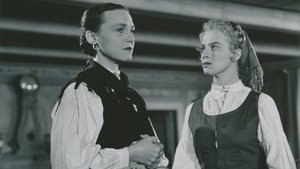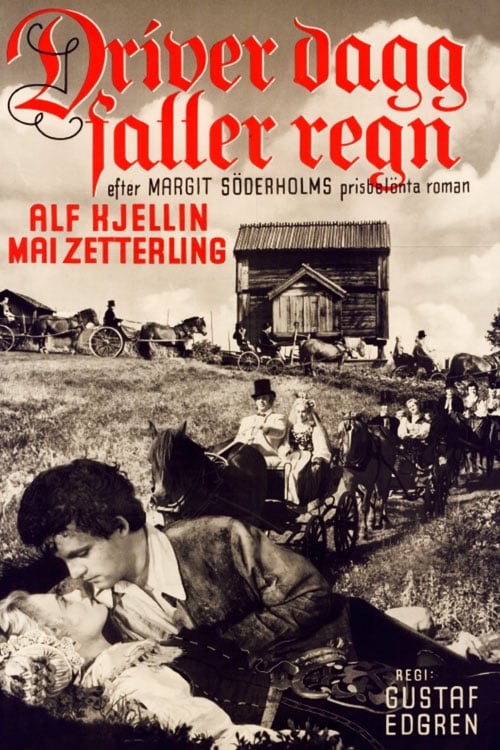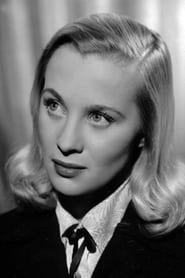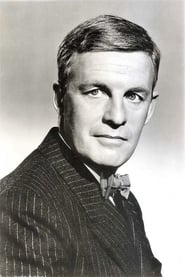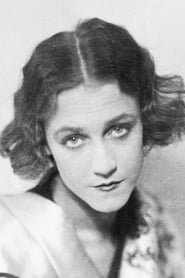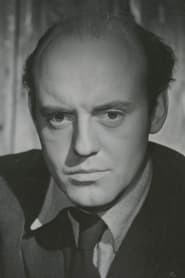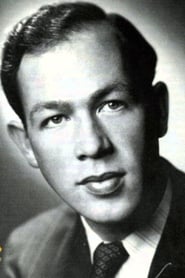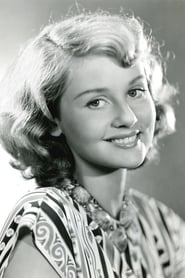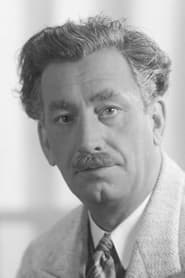Cast
View AllMai Zetterling
as Marit Germundsdotter
Alf Kjellin
as Jon
Sten Lindgren
as Germund
Hilda Borgström
as Kerstin
Anna Lindahl
as Elin, Germund's sister-in-law
Ulf Palme
as Mats
Eric von Gegerfelt
as Mats's father
Tyra Fischer
as Mats's mother
Hugo Hasslo
as Knut
Inga Landgré
as Barbro
Carl Ström
as Forester
Ivar Hallbäck
as Glabo-Kalle
Göran Ax
as Boy
Torsten Bergström
as Vicar
Einar Söderbäck
as Nils
Crew
Director
- Gustaf Edgren
Producer
- Harald Molander
Reviews
CinemaSerf
There are two wealthy landowning families and a marriage between “Marit” (Mai Zetterling) and “Mats” (Ulf Palme) to unite them seems likely. She’s an independently minded young woman though and he’s a bit of an oaf so it isn’t a relationship made in heaven, but with her dad “Germund” (Sten Lindgren) keen on the match it all looks like a fait accompli. Meantime, the local liquor loving fiddler “Glabo-Kalle” (Ivar Hallback) is entertaining the village alongside it’s black sheep “Jon” (Alf Kjellin). He is the result of a liaison between a girl that “Germund” once loved and a travelling musician - and so whilst tolerated, he is largely shunned. Guess what? Yep. It’s after a drunken party as she walks home that he has to rescue her from the unwarranted attentions of a group of villagers and that’s the start of an affaire de coeur that challenges attitudes and tests relationships and loyalties as this close knit community comes to terms with it’s own equivalent of devilishness. This film provides quite an exposing social commentary on just how women were loved, certainly, but still traded as commodities and dynasty builders whilst it also shines a light on the prevailing double standards of a Christianity that neither forgives nor forgets. Zetterling is on good form and there is a quite an effectively smouldering chemistry between her and the sort of Bogarde-esque Kjellin. There is a lesson to be learned here for many who incline to visit the sins of the predecessors on their blameless offspring and there is also some stunning photography all centred around a waterfall that was there for centuries before mankind sullied it’s waters, and which will be there for centuries afterwards, too.
Mar 2, 2025
Thematic Analysis
As a dramatic work, Sunshine Follows Rain examines complex human relationships and emotional struggles against the backdrop of a period setting that reflects societal issues of its time. The character development particularly stands out, offering viewers a chance to reflect on their own life journeys.
Director Gustaf Edgren brings their distinctive visual style to this film, continuing their exploration of themes seen in their previous works while adding new elements. Their approach to character development and emotional depth creates a viewing experience that rewards close attention.
Released in 1946, the film exists within a cultural context that now offers viewers historical perspective on the social issues of that era. Its reception demonstrates the diverse reactions to its artistic choices and its place in cinema history.
Did You Know?
- The production of Sunshine Follows Rain took approximately 32 months from pre-production to final cut.
- The final cut of the film runs for 102 minutes, though the director's initial assembly was reportedly 133 minutes long.
- The musical score contains over 78 unique compositions.
- Some visual effects sequences took up to 7 months to complete.
- The screenplay went through 9 major revisions before the final shooting script was approved.
Historical Context
- In 1946, when this film was released:
- The civil rights movement was gaining momentum in the United States.
- The Cold War was intensifying, influencing global politics and culture.
- The film industry was dominated by major studios, with independent cinema still in its early development.
How This Film Stands Out
While Sunshine Follows Rain shares thematic elements with other films in its genre, it distinguishes itself through its unique approach to storytelling, visual style, and character development.
Unlike Meet the Fockers, which focuses more on action than character development, Sunshine Follows Rain subverts genre expectations by exploring its themes with greater nuance.
While films like Gentlemen Prefer Blondes and Ronja the Robber's Daughter explore similar territory, Sunshine Follows Rain stands apart through its distinctive directorial vision and pacing.
This film's unique contribution to cinema lies in its bold artistic choices and willingness to challenge viewer expectations, making it a valuable addition to its genre.
Details
- Release Date: December 26, 1946
- Runtime: 1h 42m
